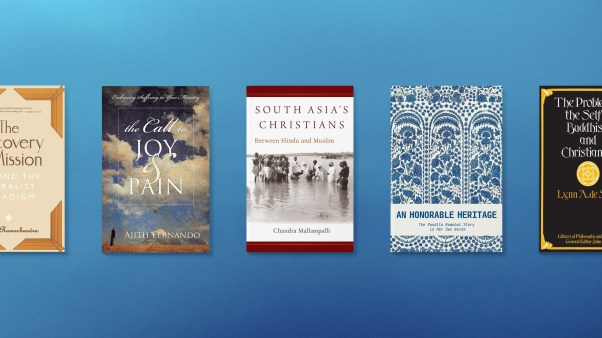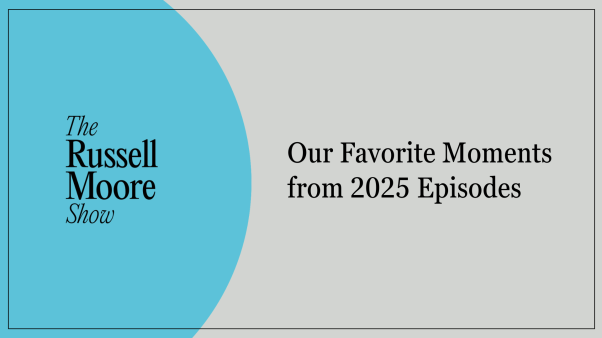Relight the Way
Patricia Raybon
Such a small thing: Turn on Christmas lights. Even if it’s a small church. Even if it’s a black church. Even if it’s the cold, gray winter of a Jim Crow life. Still you plug in the bulbs and light the night sky with electrified elation.
Look at our church. Look at our Christ. Look at our happy, bright season. And never mind the critics and their gripes about lights: Too expensive. Too bright. Too much. In the gloomy winters of my conflicted childhood, my family’s brightly lit church on a poor Denver street was joy and light, sanctuary and salvation rolled into one. Nothing was better.
“Hand me that strand.”
My daddy and other church trustees gathered every year—on a Saturday after Thanksgiving—to hang the holiday lights. These “Negro men,” insulted on jobs that held them back all week, showed up to untangle the snarl of electric wires and bulbs from boxes, attach the wires to hooks, string lights over doorways, twist them around the two bare catalpa trees in the small churchyard. Then, in the fellowship hall, they flung lights over the stage, above a kitchen pass-through window, through the branches of a determined pine Christmas tree purchased on sale for the season. Finally, upstairs in the modest sanctuary, near the fine shiny cross, they draped electric strands to a fare-thee-well, adorning fragrant pine wreaths and garlands.
And then?
My daddy turned on the lights. And I was in heaven. With a flick of a switch, my dark and scary world was transformed. I credit the lights. With the lights, I forgot that four little black girls were killed that September when a timed bomb exploded under the church stairs next to their Sunday school room in Birmingham. I forgot that another black child, Emmett Till, was murdered a few summers before in Money, Mississippi. I forgot about Medgar Evers, the Little Rock Nine, and the nameless, countless others whose stories never made the news.
Of course I didn’t really forget. Yet because of Christmas lights, displayed with hope in a secondhand church building, I was cheered by the audacity of joy.
So with blatant nostalgia, I sit in the chic unglitter of the fancier church I now attend in a better part of Denver. Nary a bulb gets lit outside at Christmas in this richer place. Too garish. Bad for the environment. That’s what I’m told.
But what if we went back? At least at Christmas?
I argue for Christmas lights on churches for two reasons. One, my youngest daughter has left the church, converting 10 years ago to Islam. Her children don’t celebrate Christmas. Yet they are drawn to the light. As my little granddaughter whispers to me, “Grammy, are you getting a Christmas tree? With lights?”
In her question I hear this: Will you share your light? The world longs for it. But how will the world know him if we don’t light the way?
My second reason: In Christ, we have someone worth shouting about, a true reason to light up the night—and not apologize. So come! Let us adore him! How? Let’s turn on the lights. Again.
Patricia Raybon is an award-winning author. Her forthcoming book is Undivided: A Muslim Daughter, Her Christian Mother, Their Path to Peace.
Bring Back the Pageant
Larry Eskridge
Bring back the Christmas pageant. When I say pageant, I’m not talking about Living Christmas Trees or laser-light-show musical extravaganzas, of which there is no shortage.
What I have in mind is the old-school, kids-dress-up acting out of the Christmas story. Cookies and coffee follow. The long-standing tradition in many American churches is dying out in favor of major production events executed by adults, or, in some cases (and a more frightening prospect), nothing at all.
This was certainly my sense of trends afoot among US Christians, but I wanted to make sure my perception was connected to reality. So with the help of the Internet and my office phone (my “research assistants”), I embarked on an utterly unscientific sampling of the evangelical temperature on Christmas pageants, calling dozens of churches. I contacted congregations from Washington State to Florida, surveying Baptist to Assemblies of God, from Bible church to the Church of the Nazarene.
When asked if they held an event resembling the traditional retelling of the Christmas story, the answer—by an eight-to-one margin—was “No.” Pastors or church administrators noted they did hold a pageant-like event in their preschools, but that was about it.
Several of the churches provided some programming involving children, using a prepackaged play or perhaps a choral event. And then there were churches—probably more than half of those I contacted—that had collapsed all of their Christmas efforts into a single program or into their Christmas Eve service.
People demand a bigger bang for their Christmas event buck. They are looking for quality music and deep Advent thoughts, not weak renditions of “Away in a Manger” and Miss Kathy prompting 8-year-old shepherds to say their lines.
And this is exactly why we need to reconsider the pageant. We say we are pressed for time as we are flattened by the holly-jolly Christmas steamroller. Our pastors and church staff sweat eggnog trying to breathe novelty into the Advent season. Families wouldn’t think of missing the annual “Elves on Ice” performance, and they make sure their kids are front and center for the public school’s “winter concert.”
The old-fashioned Christmas pageant writes itself with the simple story of the Nativity. Bathrobes, garland halos, and old sheet music for “The First Noel” simplify and economize, gently reproaching the Christmas machine. Our kids—reenacting the simple narrative of the second chapter of Luke year after year (like we did)—help bring home the wonder of the Incarnation that came so plainly and quietly in Bethlehem. As we share that familiar time every year at the good ol’ Christmas pageant, we pause together and remember the story.
Larry Eskridge, author of God’s Forever Family: The Jesus People Movement in America, is associate director of the Institute for the Study of American Evangelicals at Wheaton College.
Feast Again and Again
Lore Ferguson
My family has few Christmas traditions—the plight of too many children spread too far apart, a divorce that left no survivors. Christmas is difficult because it reminds me of what has been lost.
When I was small, we would sing “The Twelve Days of Christmas” in our family van, each child shouting the verses, albeit incorrectly. Christmas was the first few weeks of December—full of anticipation and fun, but void of true meaning. This prepared us to act like adults during Christmas. (I did not know what a partridge was until I worked in a coffee shop called The Partridge, located within a gift shop called The Pear Tree.) For most of us today, the endgame is simply to survive. Survive the family dynamics, the financial constraints, the season, and then sweep up the wads of wrapping paper, tear down the tree, and sit down with a glass of wine and declare Christmas “finished!”
In truth, we Christians have been losing our traditions for centuries. Misplaced, misappropriated, misapplied—we have pulled the rich timbre from original intent, given ourselves over to cheap plastic toys and premade wassail. We have hurried the season because to us, Christmas is a day and not a season at all.
For our Orthodox brothers and sisters, though, the feasts during the days after Christmas not only mark time but also insert intentional delay in a world gone mad for Christmas kitsch. History aside, we have for centuries chosen to celebrate his coming on December 25. It has become a placeholder of a day when some of us remember that Jesus is the reason for the season. But then we go to bed, full of Christmas spirit, and wake up to traffic and spilled lattes and kids who want to spend their gift cards today. Where are the good feelings now?
For the early church, the purpose for 12 days of feasting following Christmas Day was to bring them to the edge of Epiphany. If, for various reasons, we do not entertain the liturgy of the days, can we at least entertain the purposes?
Christmas Day is not the end of the celebration—it is the beginning. The days leading up to December 25 are pregnant with hope. But how many of us have forgotten to drink the cup of life that Christmas ushers in—in such a rush to clean up and pack up, sort out and throw out?
Christ—Savior of the world, King of the universe, Prince of Peace—came and made his home here with us. We feast for days after Christmas not because we are legalists, bound to ancient traditions, but because we are children who have seen our God incarnate on earth. This Christmas, let us feast long, 12 days long, 12 months long, every feast running gloriously into the next, bringing us again and again to the miracle of Christmas: Emmanuel, God with us.
Lore Ferguson is a Texas-based writer who blogs at Sayable and Her.meneutics.










